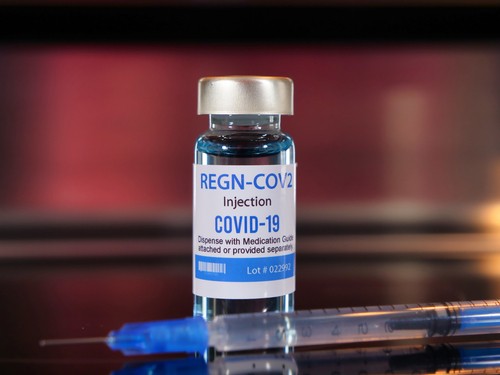Oct 11
2021
Healthcare’s New Normal: How Freestanding Emergency Rooms Play A Critical Role During A Global Health Crisis
 By Dr. Jeremy Kenter, chief medical officer, Ally Medical ER.
By Dr. Jeremy Kenter, chief medical officer, Ally Medical ER.
COVID-19 has had a devastating impact on every aspect of American life, but the health care sector- particularly emergency care – has been hardest hit.
The overwhelming number and cost care for COVID-19 patients has pushed health care professionals to exhaustion, forced some facilities to ration care or close, and has led to significantly delayed access to care for all. In this crisis, every option must be utilized to ensure crucial resources are maximized and patients receive the care they need.
Pre-pandemic, the average ER wait time in the United States was around 40 minutes. At the height of the current Delta variant, ER waits increased to several hours, or longer. More than 10 states have recently reached their highest hospital admissions of the pandemic. From the Southeast to the Pacific Northwest, patients are seeking alternative emergency room care.
To avoid having to endure packed waiting rooms full of potential COVID-19 patients, many doctors are urging patients to consider alternatives, including freestanding ERs. As the pandemic surges, freestanding ERs are playing a crucial in relieving stress on community hospital systems and improving patient care.
Here’s why.
Safe, Faster Service and Less Waiting
Outside of COVID-19, emergency room overcrowding can be dangerous for patients and is considered a severe public health issue. For sick and injured patients, long wait times can result in complications and more detrimental outcomes, even death. Ensuring emergency room access that is readily available, fully staffed, and stocked is the key to patient satisfaction, safety, and better overall patient outcomes. By offering COVID-19 testing and treatment, freestanding ERs in certain regions, like Texas and Oklahoma, have helped thousands of patients avoid crowded waiting rooms and receive sterling care.
Early in the pandemic, the Centers for Disease Control (CDC) reported the proportion of ER visits for exposure and contact with infectious diseases (COVID-19) was nearly four times higher than previous years. More people sought out alternative treatment options due to the sheer number of patients crowding hospitals.
Freestanding ERs are smaller, typically less trafficked than mainstream hospitals, and often owned by fully accredited emergency room physicians. In some cases, they have direct agreements with payers, such as mid-sized businesses, and other providers as referral sources. These facilities are often located in underserved areas and offer an invaluable resource to the local community. In these cases, freestanding ERs provide PCR tests and access to critical treatments that are otherwise unavailable.